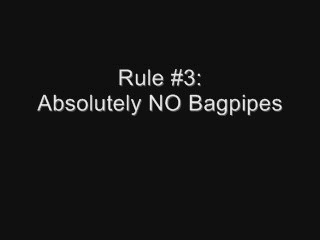We are at Branson School in San Francsisco listening to a gal speak about Common sense Media and digital literacies. They take a comprehensive approach to media education. They do a l ot of reviews and then share them. Librairans have disagreed with them, but they do have a group that agree with the review component that they have on their site.
They also deal with sexting, cyberbullying, media images, etc. Schools are looking to them for help. They are also looking at advocacy and privacy issues. They want digital literacy and citizenship is on the radar for legislatures.
How many of you are doing work on digital citizenship? What is Digital citizenship?
Respect of online behavior. Treat them the same as your would treat them face to face.
By virtual of being born in this world you are all dwellers in the digital world. A DC in csm is someone who can make safe ethical and ....choices (spoke to fast) There is a balance. We try to help stuuents harness the full potential of technology. This is an in a more informal context.
From an informal context, we are talking about gaming, downloading, researching, socializing, creating, texting.
I'll talk first about the Net Effect. It's about whow the media landscape has shifted. The baseline is that there is an enormous scale about how kids are approaching tech. FAcebook: 600 million members. equals what country the #3 country in the world. Far bigger than the USA. Our students are engaging in this world. They don't know who they are communicating with.
They have no concept of the scale of the audience of what they are doing online. Because the audience is invisible. There is a disconnect between audience and person posting. if you are putting someithing out there you lose control of it. Cyberbullying is part of that loss of control. Things are replicable. Relationships are changing. Things are searchable. They need to know that things can be found and that they can be persistent once posted. College counselors can search for things you posted in high school.
Not only is it searchable, it may have been archived, cached, downloaded, etc. You may have taken it down, but others may have it. The digital footprints may be positive or negative. We need to be helping them leave positive footprints.
YOu are helping them create and be creators.
You want them to be able to show a digital profile that presents a portfolio that is positive.
we need to teach them about using them responsibly. It's about building a leadership team and identifying goals. This is really for a whole school. You want to include faculty, parents, and students. Add the guidance counselor. Who is responsible for this? Determine who this is. Meet regularly. This can't be done in one meeting. Define your Digital Citizen. create your mission statement and identify your goals. then develop polcies and procedures. consider comlince issues. May not apply to indepenet school as much. make sure the policy is comprehensive. make sure it is differentiated by grade. who has responsibilities for what areas. refine your acceptable use policies. make sure it is understandable!!! AUPs are usually written in GREEK.
Educate across the entire community. FAculty, parents and students.
Take an empowering approach.
They have resources at their website. Parent media education program. They have surveys. www.commonsense.org
 [Note: You can Poster Yourself at the ALA Website (something I discovered by looking at Joyce's Libguides). ] I have to admit that there are some people in the world who make me tired and a little depressed. Joyce Valenza is the main one.
[Note: You can Poster Yourself at the ALA Website (something I discovered by looking at Joyce's Libguides). ] I have to admit that there are some people in the world who make me tired and a little depressed. Joyce Valenza is the main one.